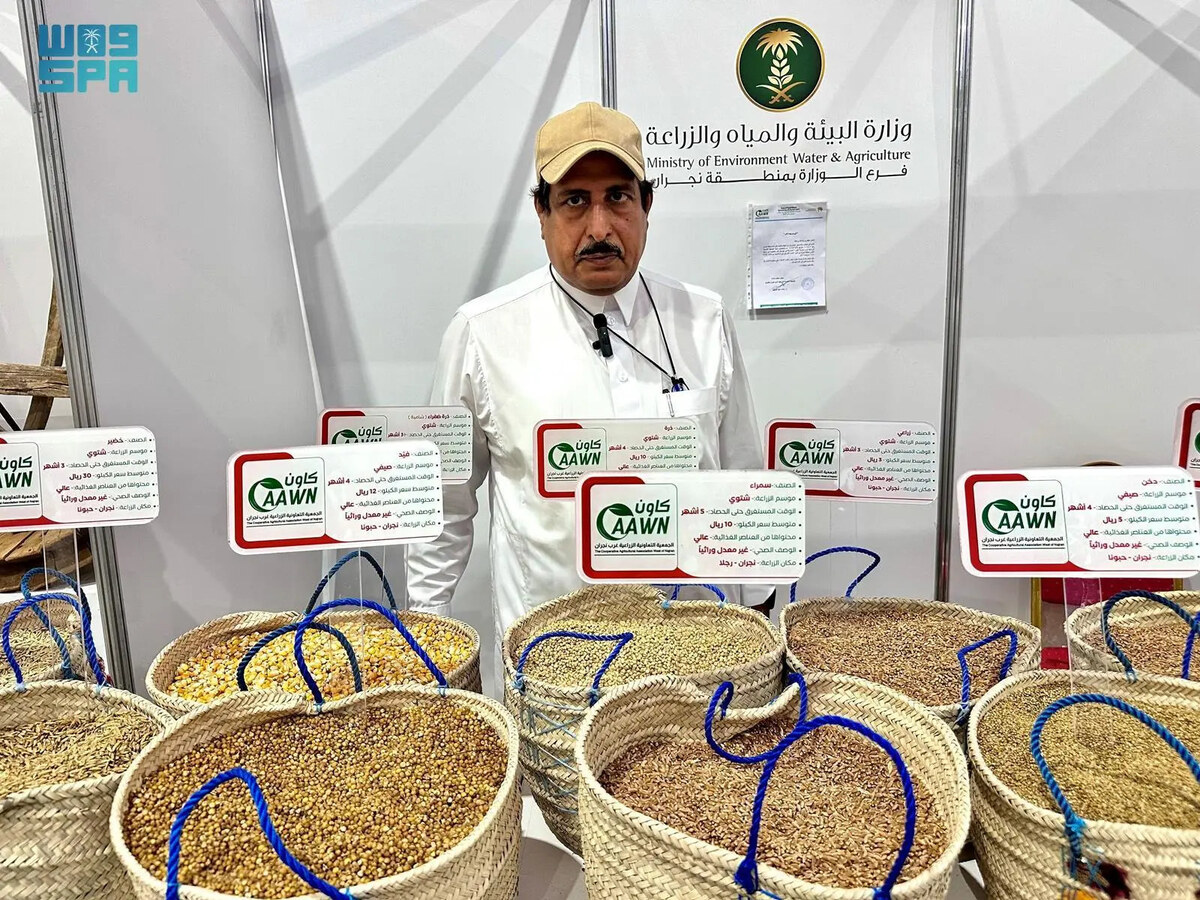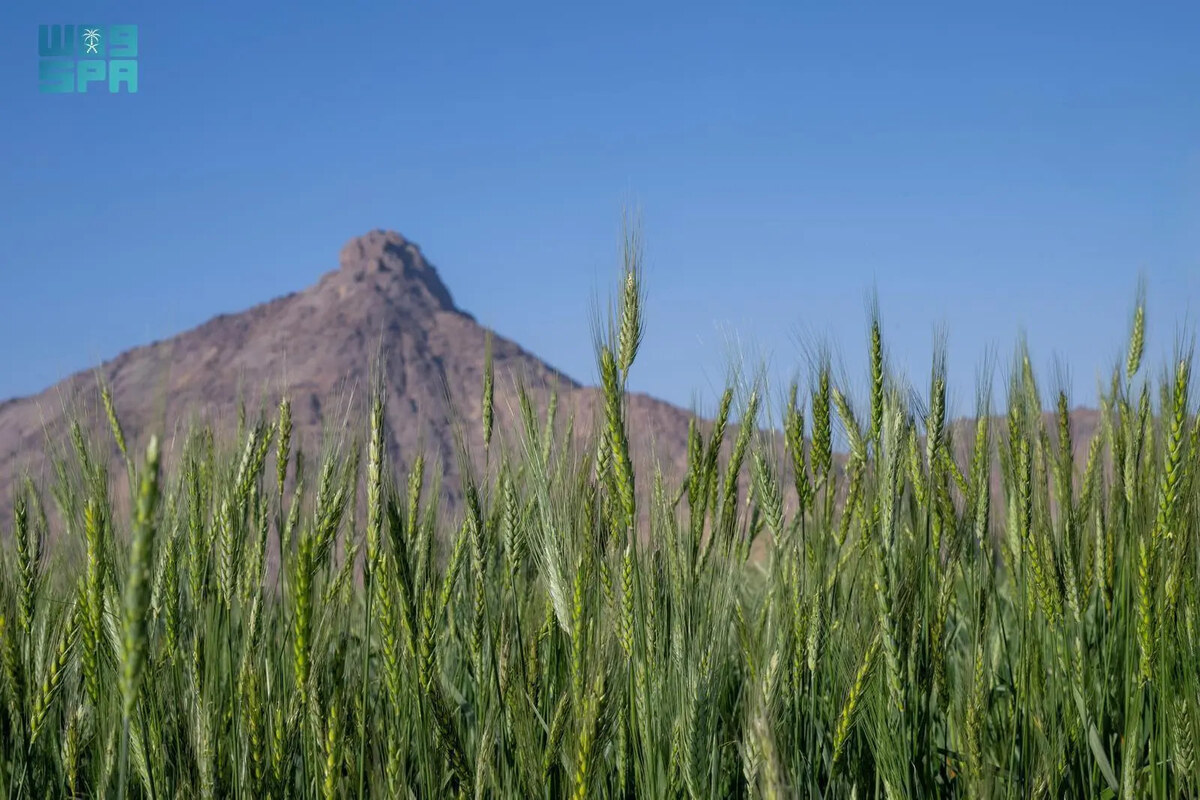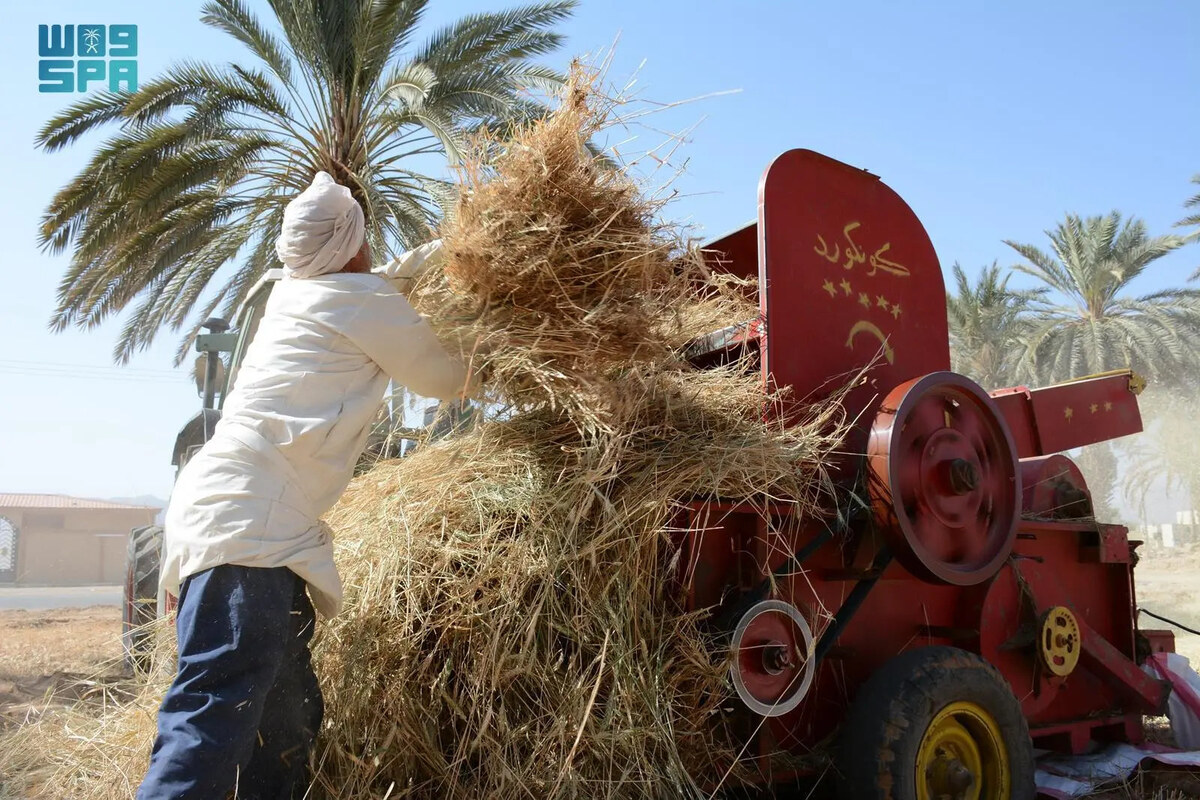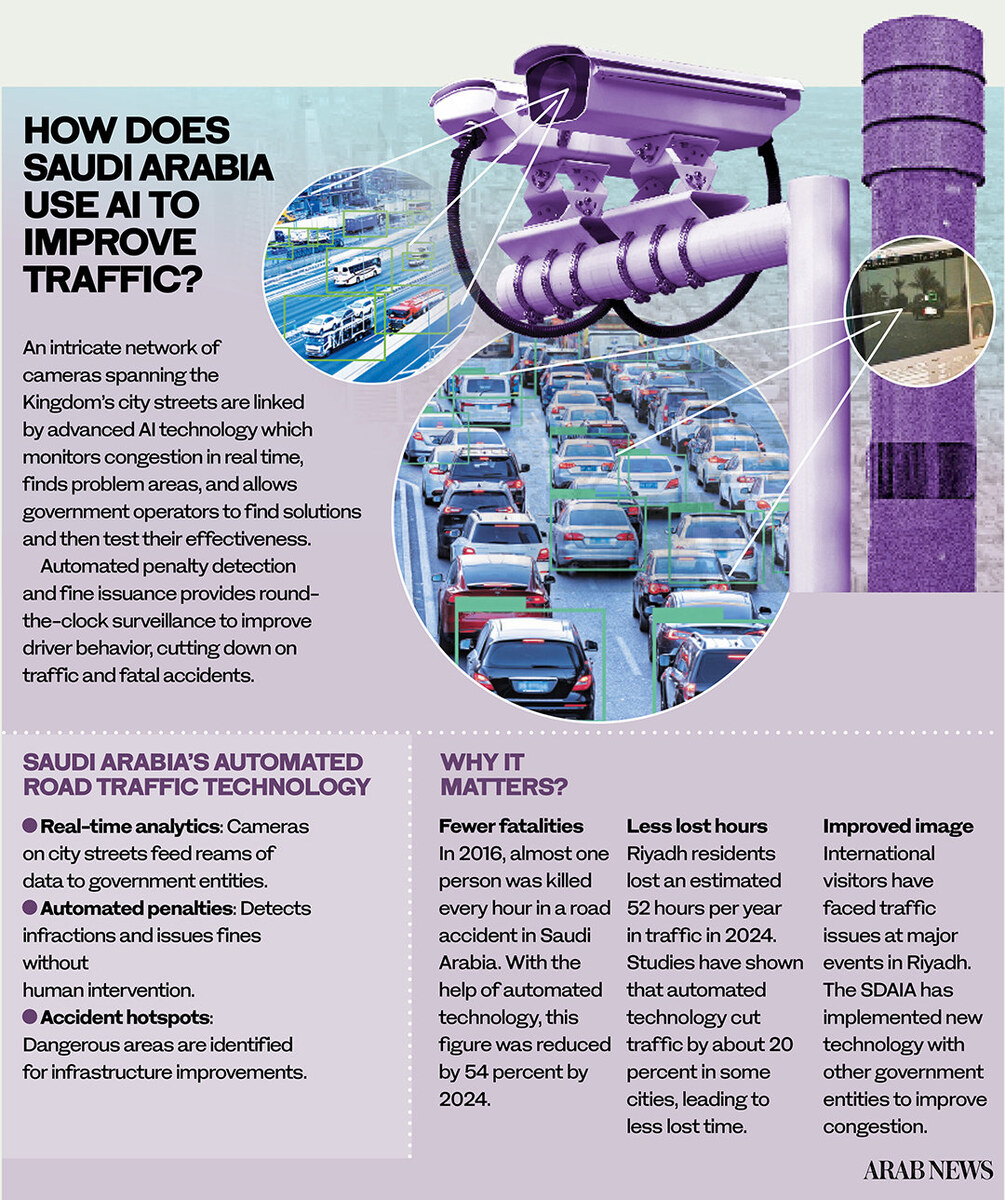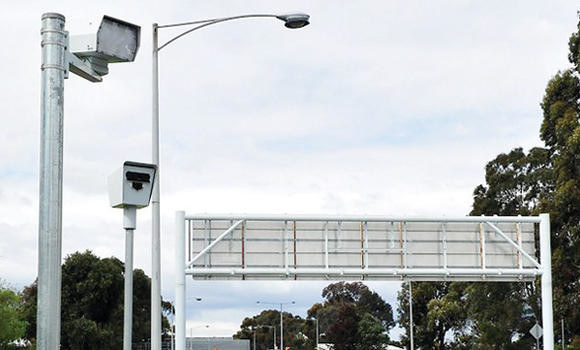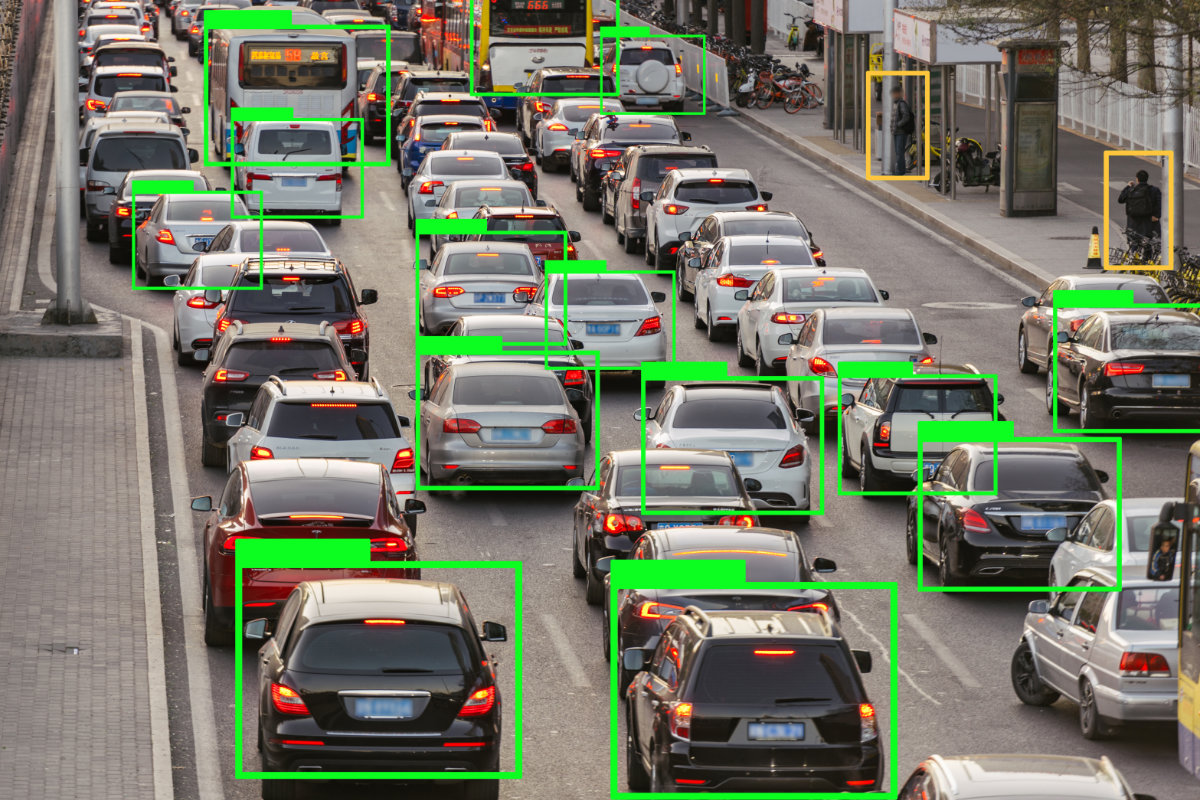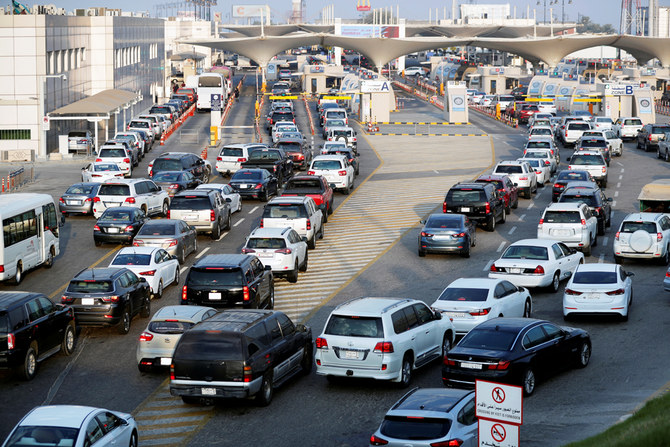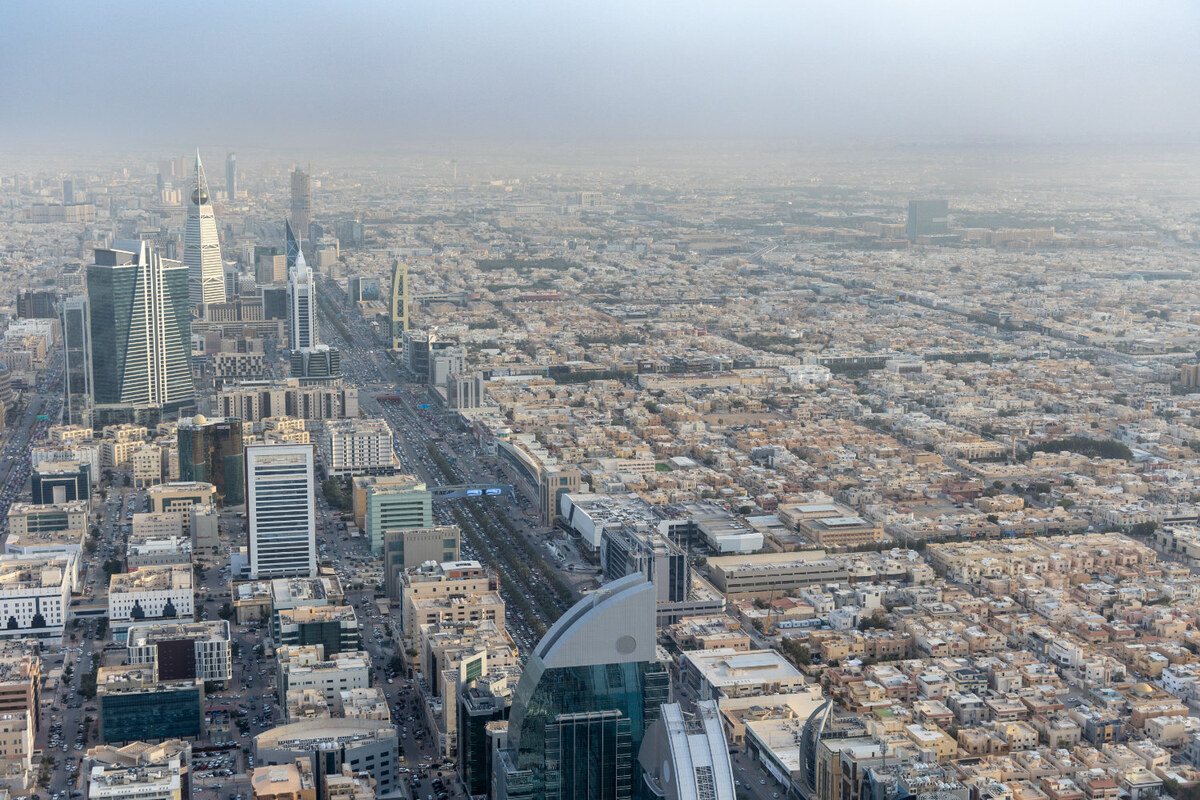RIYADH: The Saudi Program for Separating Conjoined Twins began its 62nd operation this morning at the King Abdullah Specialist Children’s Hospital in Riyadh.
The twins, Awa (Hawa) and Kadidiata (Khadija) Dianda, first came to Riyadh on July 1 last year. They underwent diagnostic tests and screenings that revealed joining in the lower chest and abdomen, a shared pericardium (covering of the heart), liver and bowel.
A medical team of 26 specialists led by Dr. Abdullah Al-Rabeeah, adviser to the royal court and general supervisor of Saudi aid agency KSrelief, began the operation in accordance with directives from the Saudi leadership.
The Saudi Program for Separating Conjoined Twins has been active for more than 34 years and has evaluated 146 cases of conjoined twins from 27 countries.
Speaking to Arab News, Al-Rabeeah said that in the case of the Diandas, extensive joining in the abdomen and chest convinced plastic surgeons to place tissue expanders (balloons under the skin) to expand the skin for three-and-a-half months before the operation.
The operation will be completed over five phases.
“I am optimistic that, God willing, we will be happy to achieve the successful separation with a success rate exceeding 80 percent and we will also mark the continuation of this ambitious and global program,” Al-Rabeeah said.
The case was brought to the Kingdom’s attention after the Dianda family contacted the Saudi Embassy in Burkina Faso.
“Every year we celebrate Nov. 24 as conjoined twin international day and this is because of what Saudi Arabia has done to care for those twins,” Al-Rabeeah said.
Each case of conjoined twins is different from the last; whichever organs or connected tissue are involved determines the difficulty of each case.
Al-Rabeeah classified the cases, generally, as either joined in the head (craniopagus), the chest (thoracopagus), abdomen (omphalopagus), pelvis (ischiopagus), or joined in the back (pygopagus).
Dr. Nezar Al-Zughaibi, one of the doctors on the Dianda medical team who has about 50 separation operations under his belt, spoke to Arab News about what goes through his mind before a procedure of this magnitude.
“It’s mixed feelings, between excitement, between anxiety. But the more you do of these cases, the more comfortable you feel,” he said.
“I’m working with a great team; Dr. Rabeeah is like our godfather. He just takes care of everybody on the team. We support each other.”
Once the children are separated, the hospital erupts into a cheerful and joyous atmosphere, especially after seeing the happy tears on the parents’ faces, Al-Zughaibi said.
Twins are cared for by the program before and after the operation, as Al-Rabeeah said that follow-up care can be just as, or more important, than the operation itself.
“The first set (of twins) that we have done, we are still following them … twins who have now exceeded 35 years of age,” he said.
“It is a lifelong follow-up.”
Al-Zughaibi said that sometimes — especially for those that stay longer — patients form long-term friendships and even familial bonds with the medical staff.
Physical and psychological rehabilitation are both required, including counseling for the families.
And in some cases, prosthetic fittings with the proper physical care and cosmetic surgeries could be needed.
Amid the wait for the results of the latest operation, Al-Zughaibi and the staff are hopeful of a positive result.
“I always say each case has its own identity and its own risks and surprises. But for now, this is going smoothly and we’ll keep our fingers crossed it will continue as is,” he said.




















